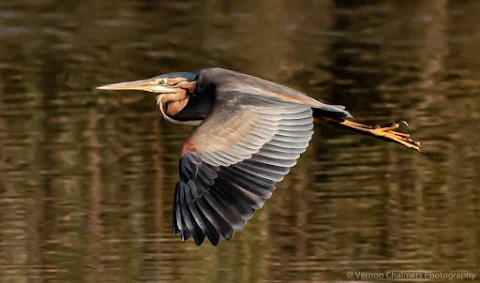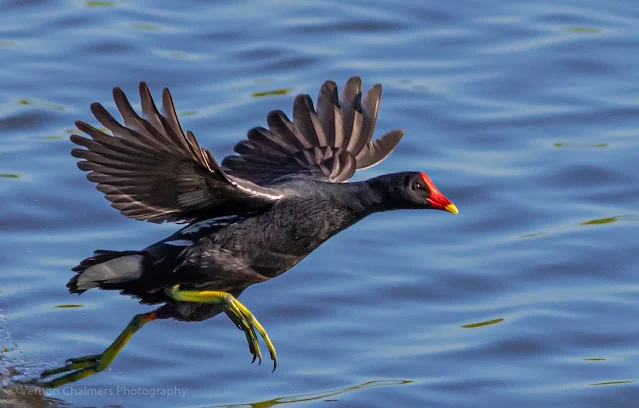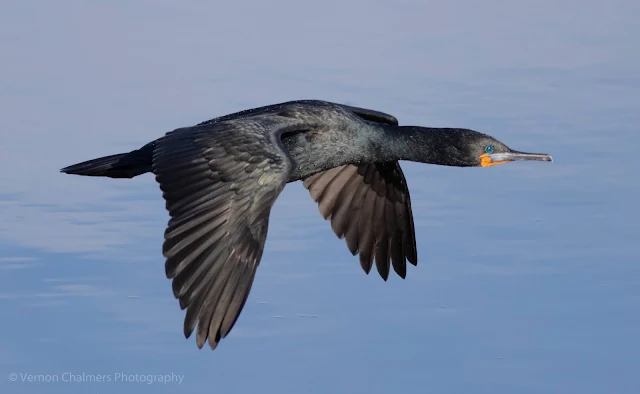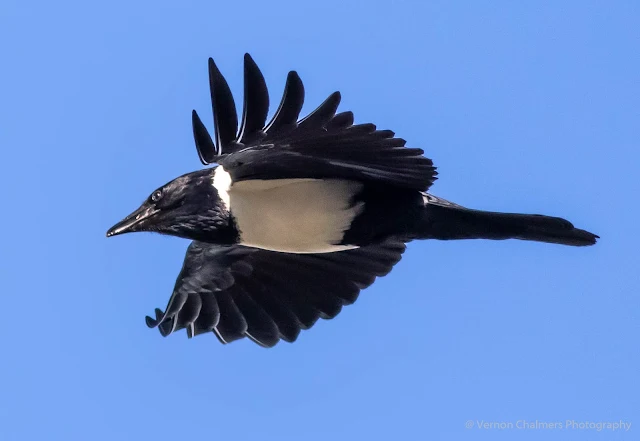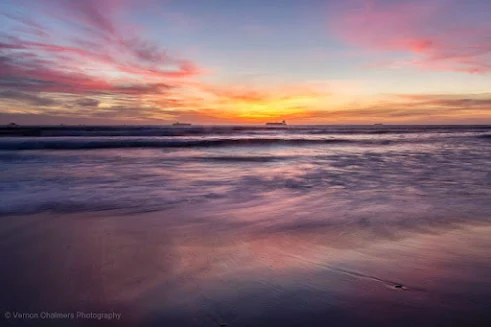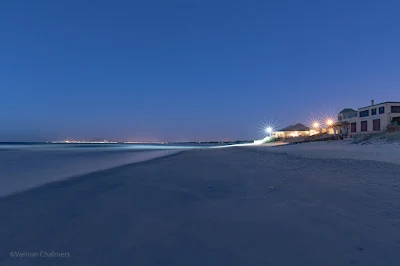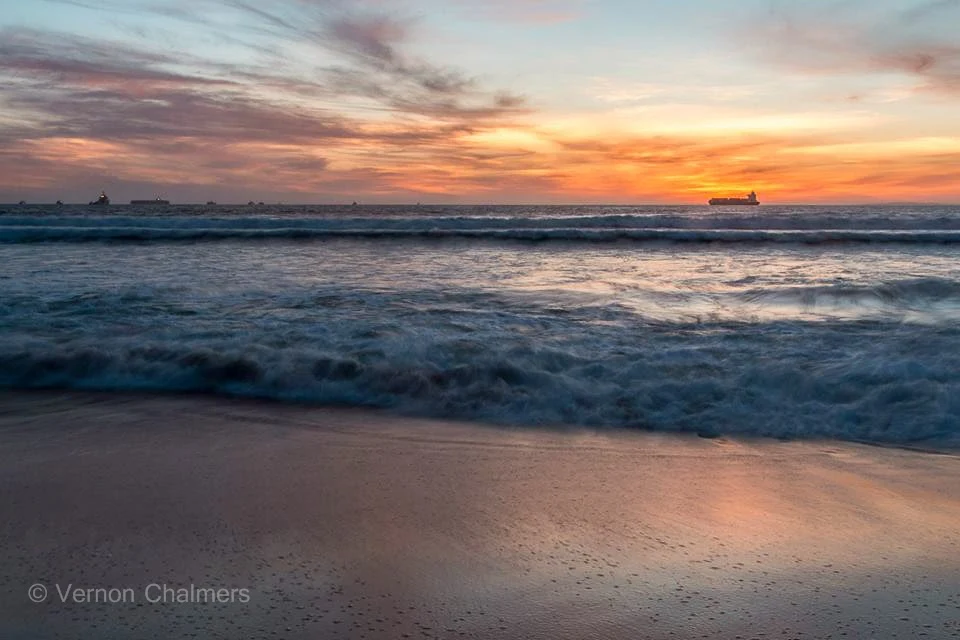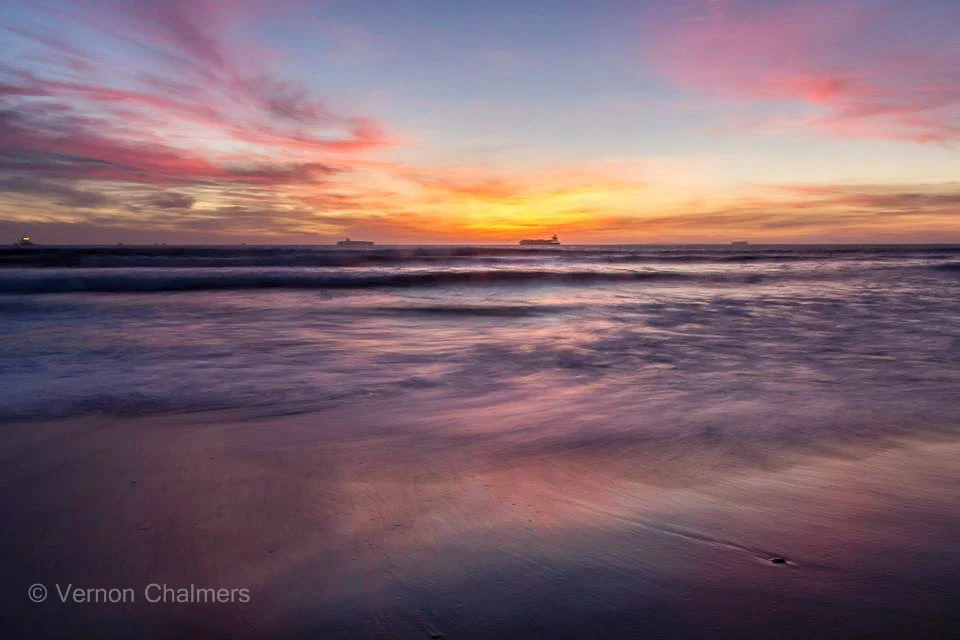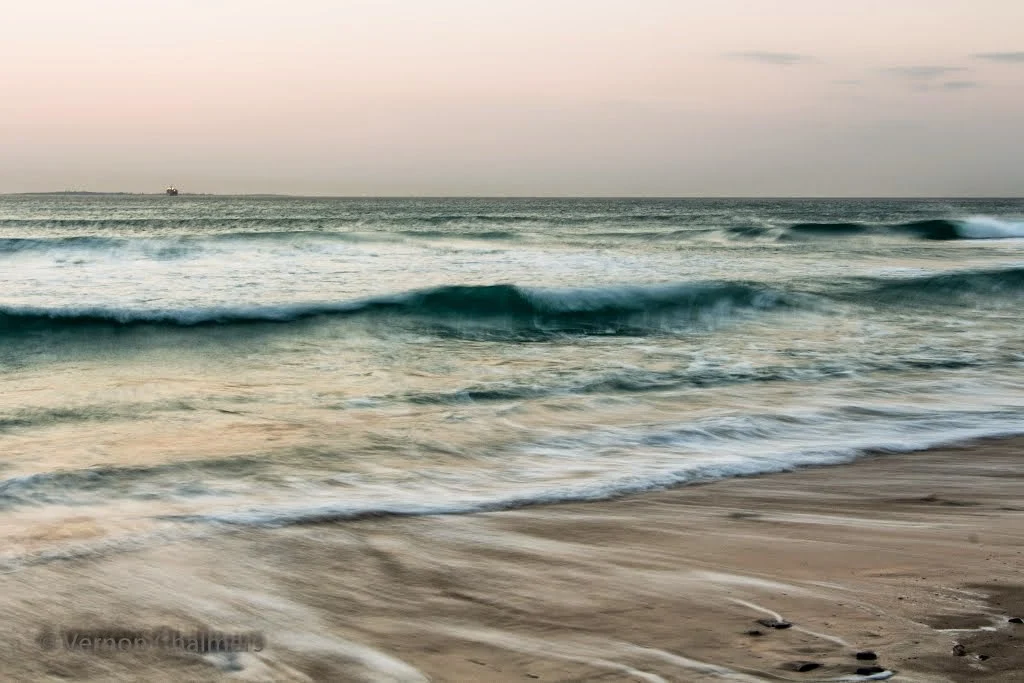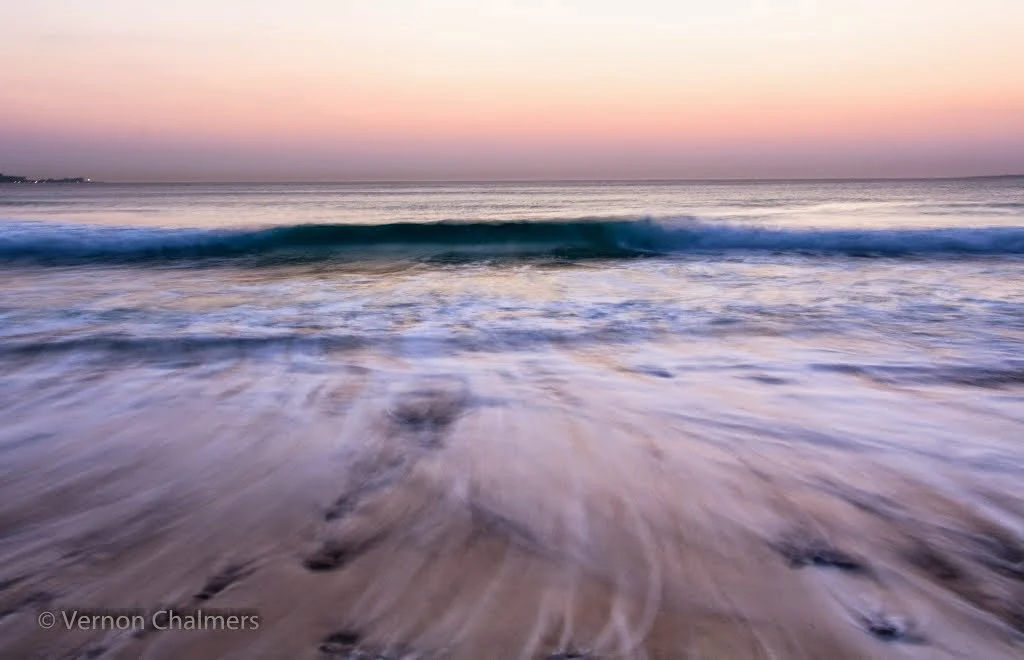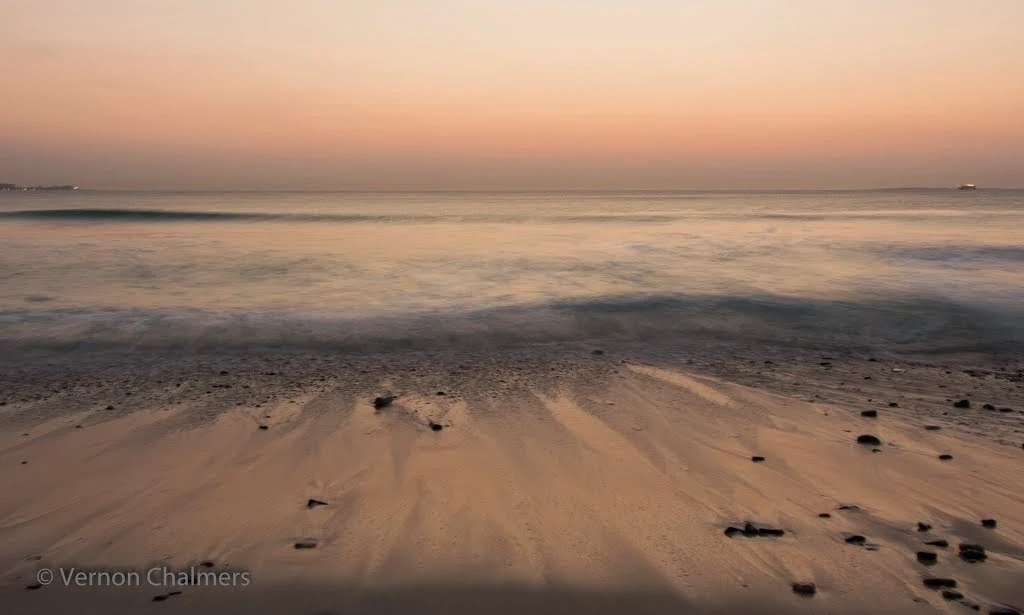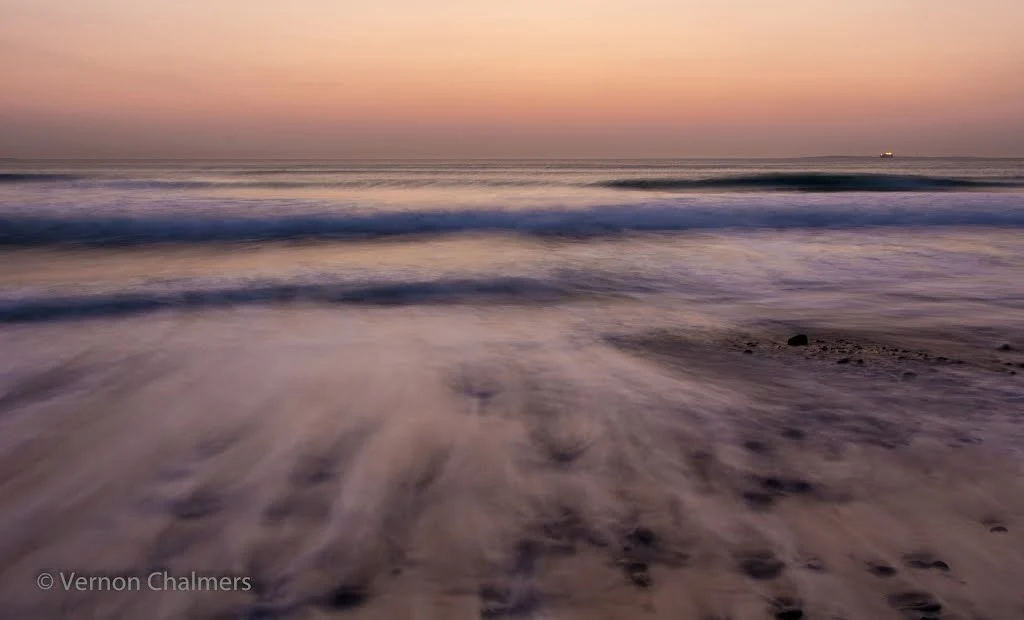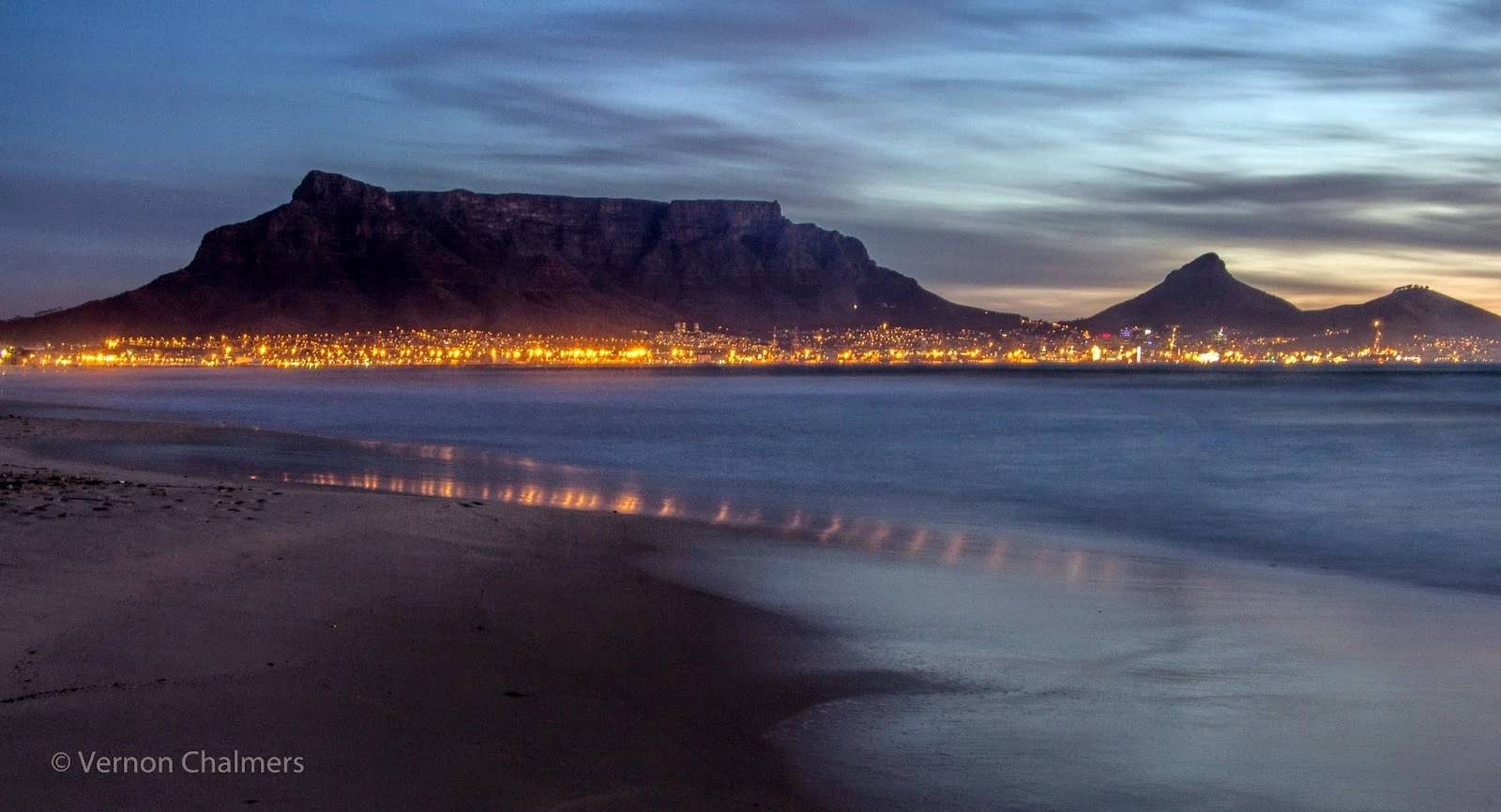Vernon Chalmers Photography Training Website
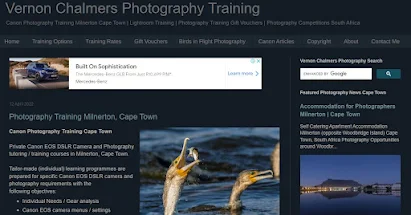 |
| Vernon Chalmers Photography Training Website Update |
Update: Vernon Chalmers Photography Training Website (April 2022)
Vernon Chalmers Photography Training Milnerton, Cape Town - Website Update
The website is now up-to-date with the following information:
- Bird Species updates at Kirstenbosch and Woodbridge Island
- Canon photography training sessions (In studio when available)
- Communications (Contact me via email or Whatsapp)
- History updates Canon camera technology and Milnerton / Woodbridge Island
- Photographer Accommodation Requirements Milnerton / Woodbridge Island
- Regular image (birds, birds in flight, landscape and macro photography) updates
- Regular Canon Camera / Technology personal thoughts / updates
- Updating of Vernon Chalmers Canon camera / photography articles
- Various Maps: Vernon Chalmers Photography / Woodbridge Island / Kirstenbosch
International / Regional Advertising Disclaimer
The website is an approved Google AdSense Advertising Partner. Various global / local brands may intermittently (via contextualisation) be advertising / visible on most of the website pages.
One website advertising objective is to provide online visitors with reputable and useful products and services that should be available (on and / or offline) via various international / regional options.
Vernon Chalmers Photography Training is (personally) not promoting any specific brand, product and / or service.
My advertising relationship is exclusively with Google AdSense. There are no product / service preferences (in which adverts may be displayed at any given visit) and I'm not employed (or under contract) with any individual advertiser.
One of the objectives of the Google AdSense Advertising Programme is to provide (as far as possible) high-quality advertisements that should be useful (and of interest) to a specific reader audience.
Milnerton / Woodbridge Island Long Exposure Photography
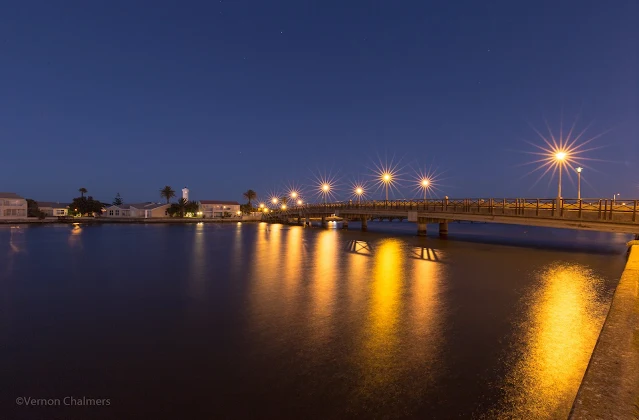 |
| Milnerton Lagoon / Woodbridge Island after Sunset : With Canon EOS 6D (Long Exposure Photography Canon Photography Training Milnerton Woodbridge Island | Kirstenbosch Cape Town |
